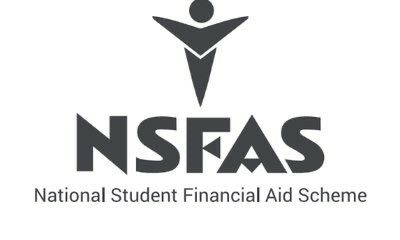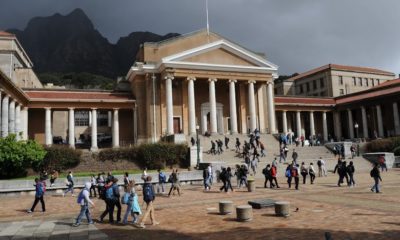News
R10.6 Billion Oversubscription Pushes NSFAS into Student Registration Crisis

The numbers that broke the system
The National Student Financial Aid Scheme (NSFAS) has admitted that its budget for 2025 was oversubscribed by R10.6 billion, sparking a registration crisis that has left thousands of students across universities and TVET colleges stranded.
At a media briefing in Pretoria, NSFAS board chairperson Karen Stander said the shortfall was driven by a surge in qualifying students, the rising cost of living, broader household eligibility, and shrinking state resources. Section 14(3) of the NSFAS Act prohibits spending beyond its allocation, which meant categories of students were simply locked out of the system this year.
Those affected include students who applied through the TVET cycle but enrolled at universities, second-semester entrants, and those whose approved appeals cannot be funded.
A crisis that is not a “bail-out”
Stander stressed that the issue was not a request for a bailout but rather a funding model stretched beyond its limits. “The root cause lies in a system that promised more than the available resources, without adjusting eligibility criteria accordingly,” she admitted.
The board has since approved new policies and eligibility strategies aimed at ensuring NSFAS stays within its means from 2026. The Department of Higher Education and National Treasury are considering requests to unlock alternative funds to cover the immediate gap.
Who got funded and who didn’t
Despite the crisis, NSFAS confirmed it had processed payments for 783,035 students this year, including 576,762 at universities and 206,273 at TVET colleges.
-
Universities: R39.3 billion allocated, R28.86 billion already paid, leaving R10.43 billion outstanding. That translates to 73.45% utilisation but still a shortfall of just over R10 billion.
-
TVET colleges: R9.12 billion allocated, R6.44 billion paid, leaving R2.68 billion outstanding. That represents 70.62% utilisation with a shortfall of R1.61 billion.
Students still waiting
Beyond the numbers, the fallout is being felt on campuses nationwide. Delays in allowance disbursements and unresolved applications have left many students battling for basics like food and accommodation. Social media has been filled with accounts of students waiting months for rent money or borrowing for meals while official communication remains scarce.
Concerns over the safety and quality of NSFAS-accredited accommodation have deepened frustrations. Complaints range from inadequate sanitation to poor infrastructure and security risks. For many families, the dream of higher education has turned into an exhausting struggle for survival.
The bigger picture: a broken model
South Africa’s education system is facing a deeper reckoning. While NSFAS continues to fund hundreds of thousands of students, its model has been criticised for widening eligibility without securing the resources to match. This leaves vulnerable students in limbo each year and fuels anger on campuses.
The Comprehensive Student Funding Model currently being developed aims to plug some of these holes by extending support to the so-called “missing middle,” students who do not qualify for NSFAS yet cannot afford private tuition. It also aims to include postgraduates at NQF Level 8 who are vital to South Africa’s skills pipeline.
For now, though, the funding gap has exposed a painful truth. The promise of free higher education cannot be sustained without realistic planning, and students are paying the price.
Also read: Two Different Classrooms, One Country: South Africa’s Widening Education Gap
Follow Joburg ETC on Facebook, Twitter, TikT
For more News in Johannesburg, visit joburgetc.com
Source: IOL
Featured Image: eMinGy



























